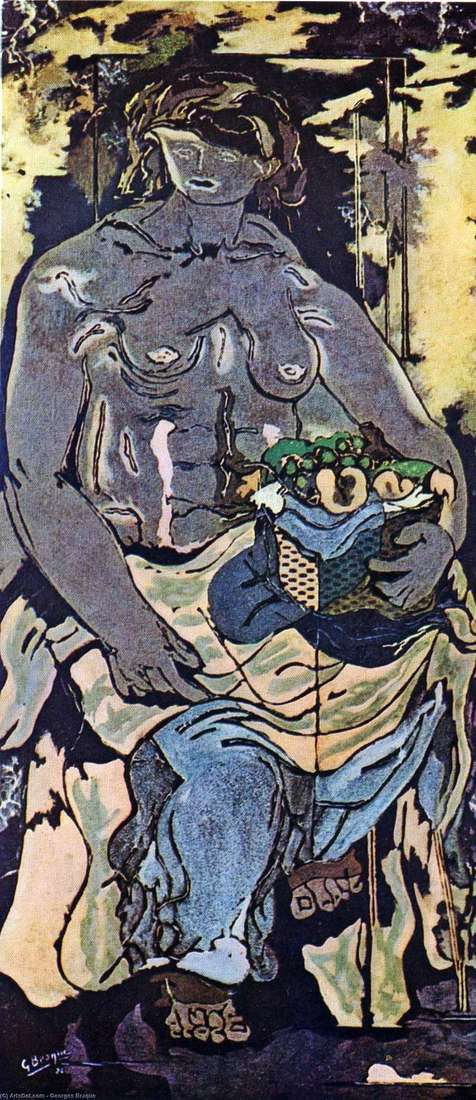
The multifaceted talent of the French artist Georges Braque was manifested in sculpture and painting, engraving and book illustration, scenography. The artist studied at the Gavre School of Fine Arts, then in Paris – at the Ember Academy and the School of Fine Arts. The beginning of his creative path is associated with the direction of “Fauism”.
In 1907, Marriage acquainted with P. Picasso, and subsequent cooperation led to the development of a new artistic method, which initiated “cubism.” During the First World War, Marriage was mobilized. He was seriously wounded in the head and only in 1917 was able to return to painting. At this time, the artist worked on series, in which, repeating the chosen motif, he tried to reveal all his plastic possibilities. In the 1930s, Braque was intensely interested in the image of a person in the interior, his connection with the surrounding space and the “world of things”.
The works created during the Second World War are filled with a tragic sound. In 1940-1956 Marriage created a series of “Workshops”, consisting of eight large-format still lifes with attributes of art. This series, as it were, summed up the artist’s reflections on creativity and art. Other famous works: “Violin and Palette.” 1909-1910. Museum of S. Guggenheim, New York; “A Woman with a Mandolin.” 1910. The State Gallery of Modern Art, Munich.
 Houses in Estac by Georges Braque
Houses in Estac by Georges Braque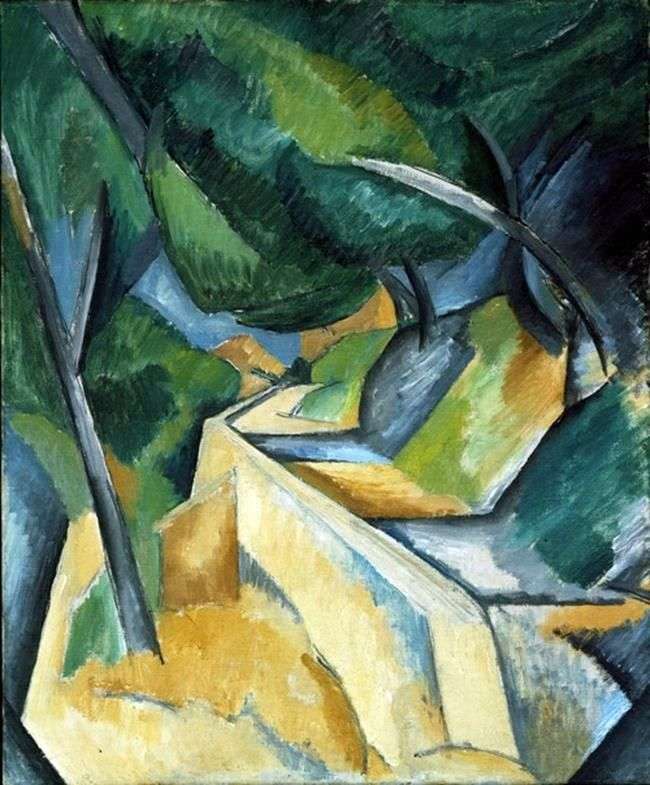 The road near Estaca by Georges Braque
The road near Estaca by Georges Braque Femme nue avec une corbeille de fruits – Georges Braque
Femme nue avec une corbeille de fruits – Georges Braque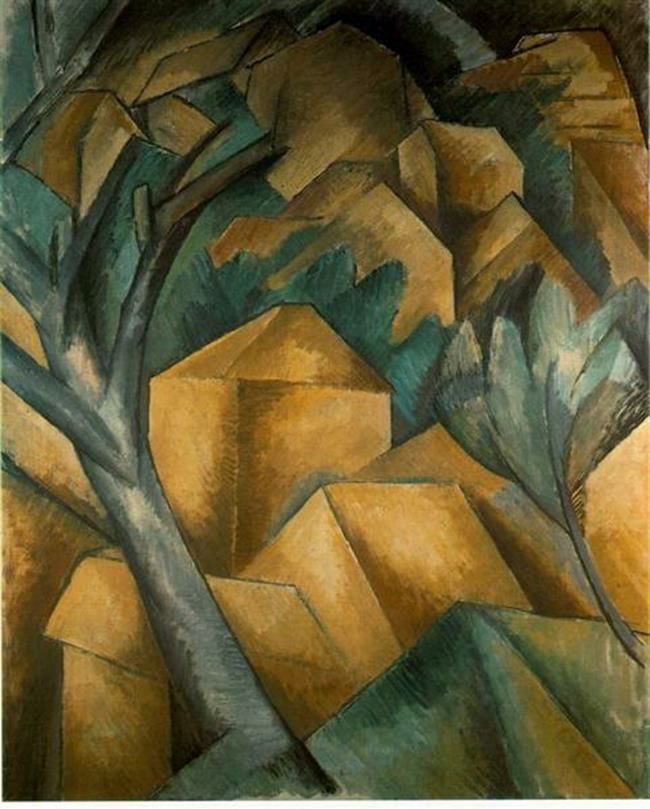 Maisons à Estack – Georges Braque
Maisons à Estack – Georges Braque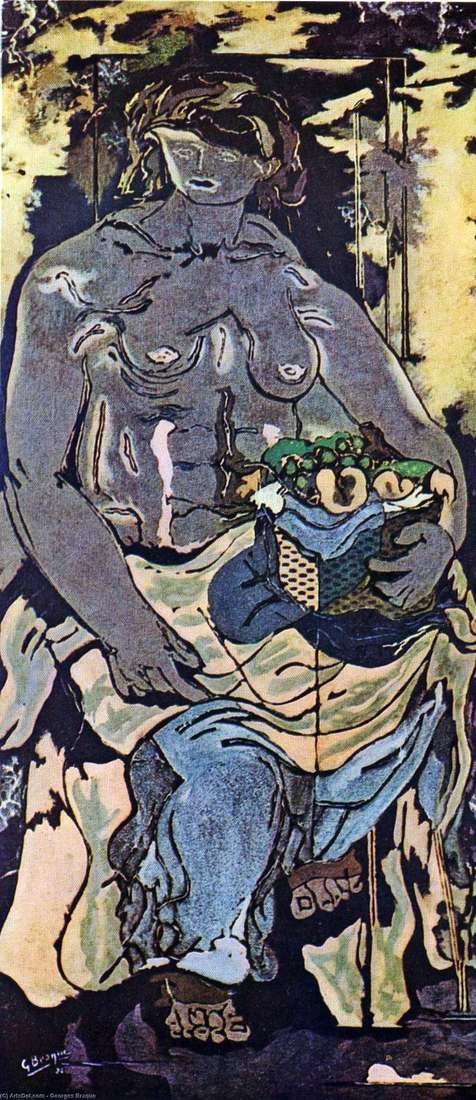 Mujer desnuda con una cesta de frutas – Georges Braque
Mujer desnuda con una cesta de frutas – Georges Braque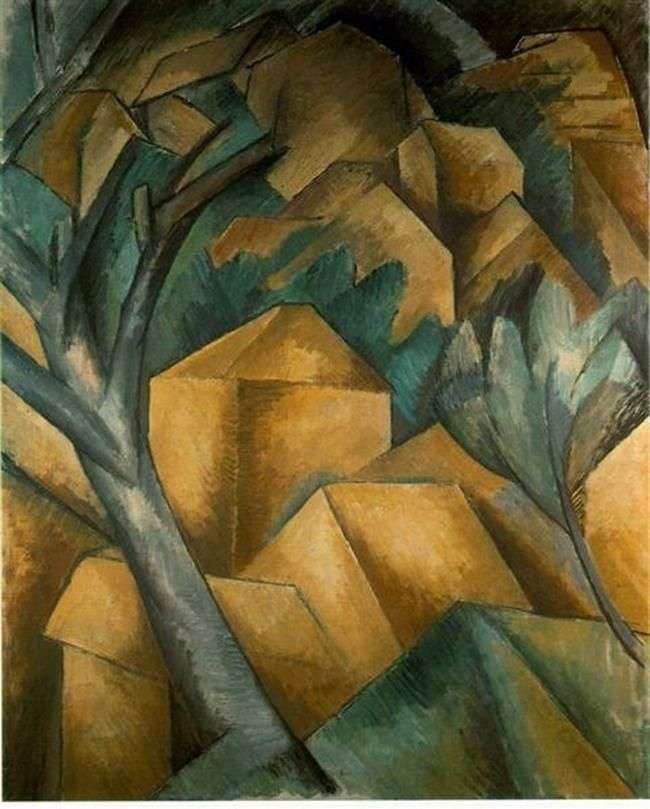 Casas en Estac – Georges Braque
Casas en Estac – Georges Braque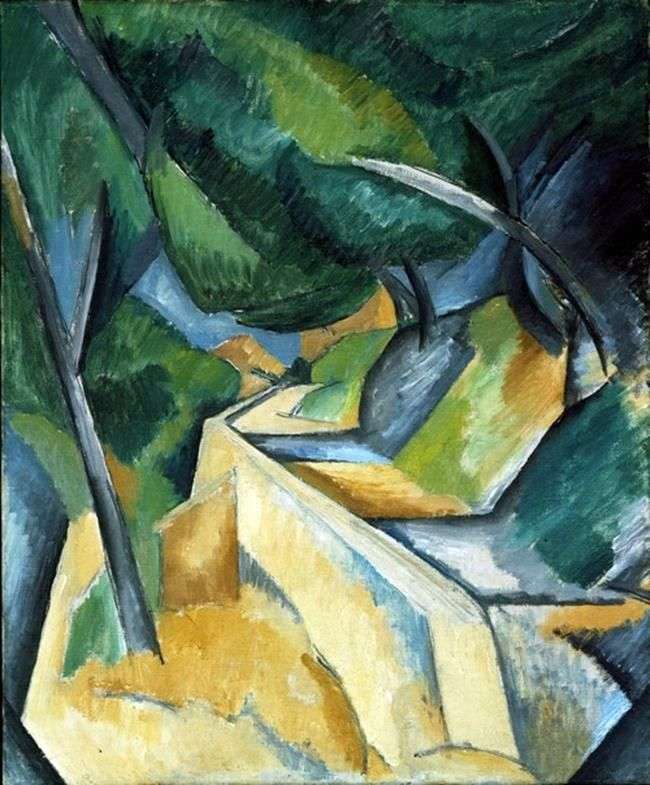 Carretera cerca de Estak – Georges Braque
Carretera cerca de Estak – Georges Braque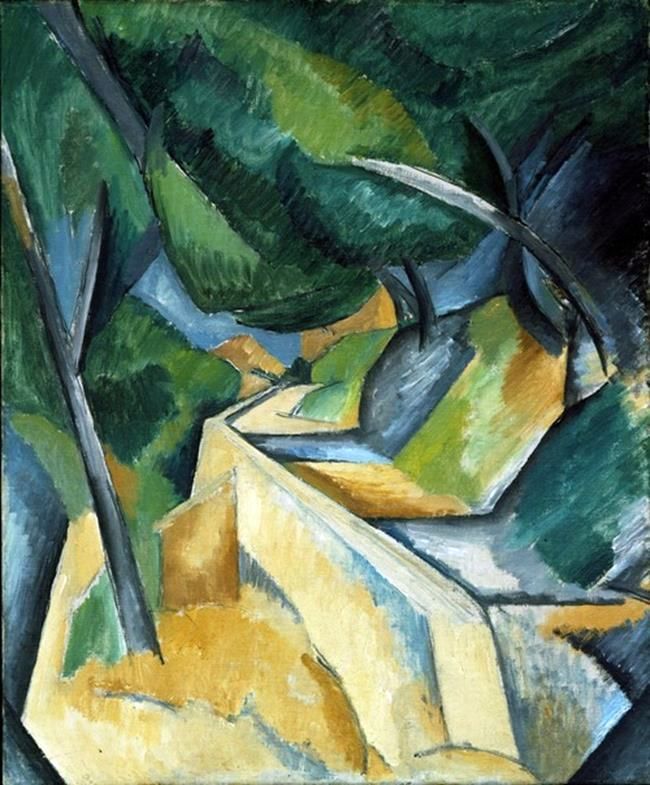 Route près d’Estac – Georges Braque
Route près d’Estac – Georges Braque